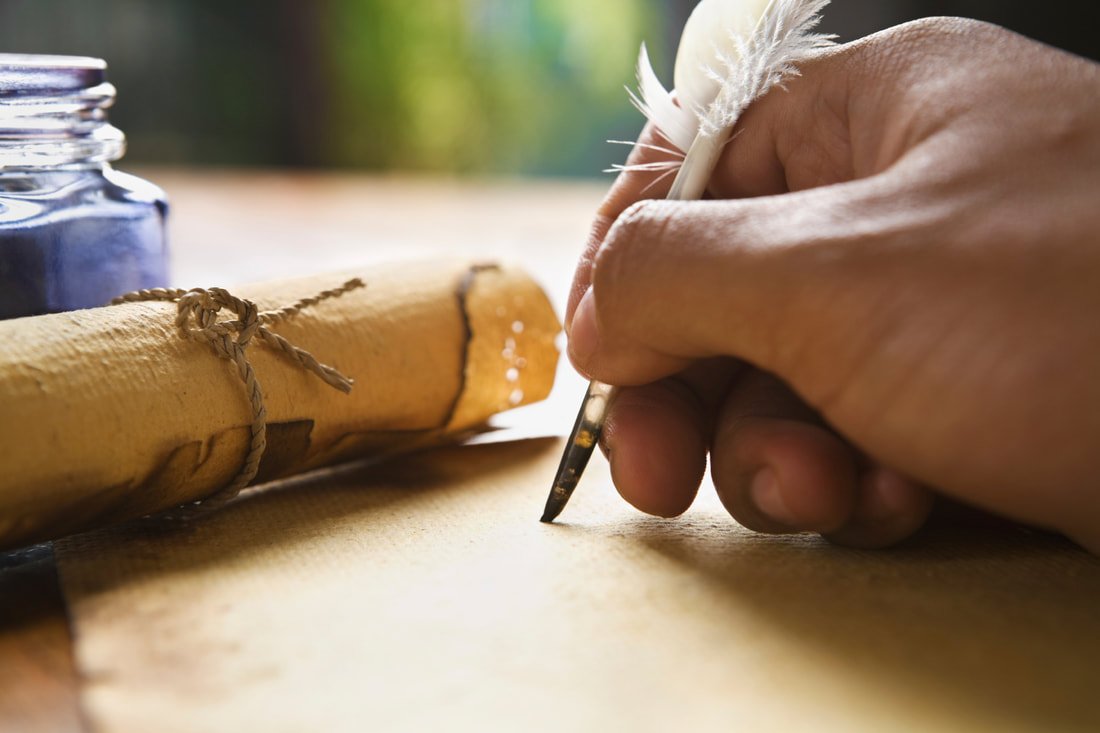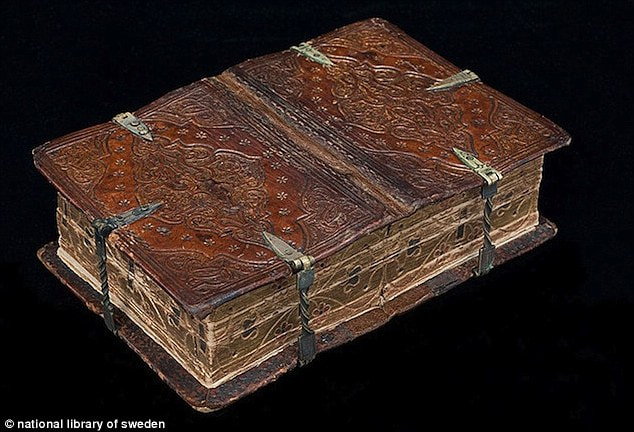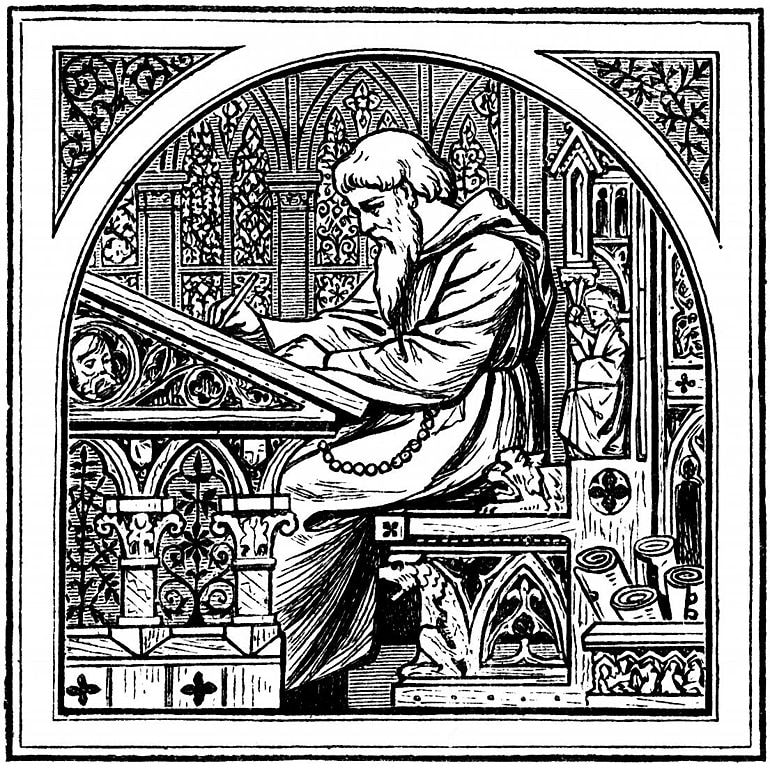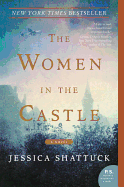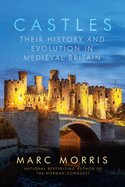Book Tower
Prior the advent of the printing press, each and every book during medieval times was made by hand. The precious volumes were kept safely in the castle to decrease the chance they might be damaged or destroyed. The following explains how books were made and facts about those who were able to read them.
|
Parchment Making
Most medieval manuscripts were written on specially treated animal skins, called parchment or vellum (paper did not become common in Europe until around 1450). The pelts were first soaked in a lime solution to loosen the fur, which was then removed. While wet on a stretcher, the skin was scraped using a knife with a curved blade. As the skin dried, the parchment maker adjusted the tension so that the skin remained taut. This cycle of scraping and stretching was repeated over several days until the desired thinness had been achieved. Here, the skin of a stillborn goat, prized for its smoothness, is stretched on a modern frame to illustrate the parchment making process. |
Writing
|
After the surface had been prepared, the parchment was ruled, usually with leadpoint or colored ink. In a prayer book, for example, you can see the ruling in red ink. Ruling lines helped the scribe to write evenly and were part of the design of the page. The scribe wrote with a quill pen made from the feather of a goose or swan. The end of the feather was cut to form the writing nib. A slit cut into the middle of the nib allowed the ink to flow smoothly to the tip of the pen. The appearance of the script—whether rounded or angular, dense or open—was partly dependent upon the shape and the angle of the nib.
|
|
Illumination
Illumination, from the Latin illuminare, "to light up or illuminate," describes the glow created by the colors, especially gold and silver, used to embellish manuscripts. In making an illumination, the artist first made an outline drawing with leadpoint or quill and ink. Next, he or she painted the areas to receive gold leaf with a sticky substance such as bole (a refined red clay) or gum ammoniac (sap). The gold leaf was then laid down and burnished, or rubbed, to create a shiny surface, which sparkles as the pages are turned. Finally, the illuminator applied paints that were made from a wide variety of coloring agents: ground minerals, organic dyes extracted from plants, and chemically produced colorants. These pigments were usually mixed with egg white to form a kind of paint called tempera. The deep blue of this illumination was probably made from crushed stone, while the background is a solid mass of shining gold leaf. |
Binding
|
Once the writing and illuminating had been completed, the parchment sheets were folded and nested into groups called gatherings. The gatherings were ordered in their proper sequence and sewn together onto cords or leather thongs that served as supports. Once the sewing was finished, the ends of the supports were laced through channels carved into the wooden boards that formed the front and back covers of the book. The binding was usually then covered in leather or a decorative fabric. This binding's most stunning ornamentations are the metal corner pieces and raised medallions that would protect the binding as it rested on a surface.
|
The dyed parchment pieces inset into the central medallion were once brightly colored yellow, green, and blue, creating a stained-glass-window effect on the covers of the manuscripts
|
Education
Education in The Middle Ages was a difficult task because of the tumultuous times. Frequent wars and battles often disturbed monasteries and cathedral schools and halted studies. However, most of the times, the monasteries and cathedral schools succeeded in reemerging themselves. Children who were taught in schools of monks and at the age of 14-15, they were announced as scholars. While medieval students often belonged to upper class, they were used to sit together on the floor, they often sat together on the floor, scrawling notes from lessons using a bone or ivory stylus on wax coated wooden blocks coated with green or black wax. |
By its influence, the Church made it important for knights and members of nobility to learn and those knights who couldn’t read or write were looked down upon. This was very important for them to know how to read because all knights were supposed to understand and follow the code of chivalry as proposed by the clergy and Church.
The first book generally regarded as the first English dictionary was written as Robert Cawdrey, a schoolmaster and former Church of England clergyman, in 1604 Cawdrey made use of wordlists published earlier in educational texts, such as Richard Mulcaster’s Elementary (1582) and Edmund Coote’s English Schoole-maister (1596).
The first book generally regarded as the first English dictionary was written as Robert Cawdrey, a schoolmaster and former Church of England clergyman, in 1604 Cawdrey made use of wordlists published earlier in educational texts, such as Richard Mulcaster’s Elementary (1582) and Edmund Coote’s English Schoole-maister (1596).
|
Under the feudal system of The Middle Ages, women had little or no chance of attaining education. Education was rare for serfs and peasants and it was impossible for a girl or woman from a peasant background to learn reading and writing. However, girls of upper class were given benefits of education in a few cases. There were certain obligations for women of nobility, which required them to be literate. However, the course of education for women was very limited and the Church controlled it.
The general feeling was that women were secondary and they needed to serve and remain under protection of men. Whatever education a woman could attain was designed to help her in becoming a good wife and mother in future. |
Some scholars of medieval world advocated that women "be raised on sacred teachings." In order to become a nun, education was necessary for a girl; however, married life and children were the primary goals of most of the girls during the medieval times.
Thankfully, antiquated ideas have changed as have the exclusive need for only books as a literary and historical record.
Thankfully, antiquated ideas have changed as have the exclusive need for only books as a literary and historical record.


